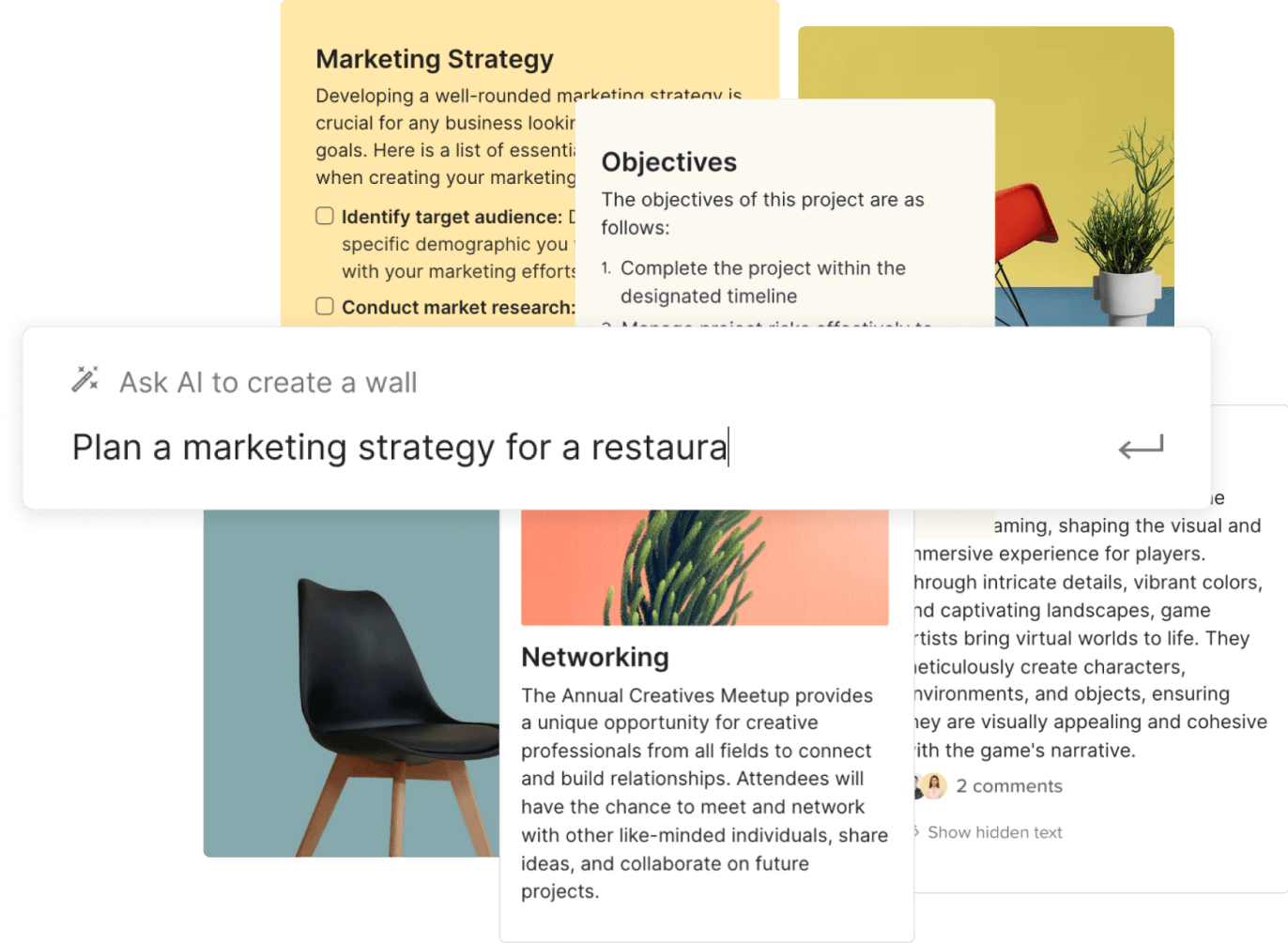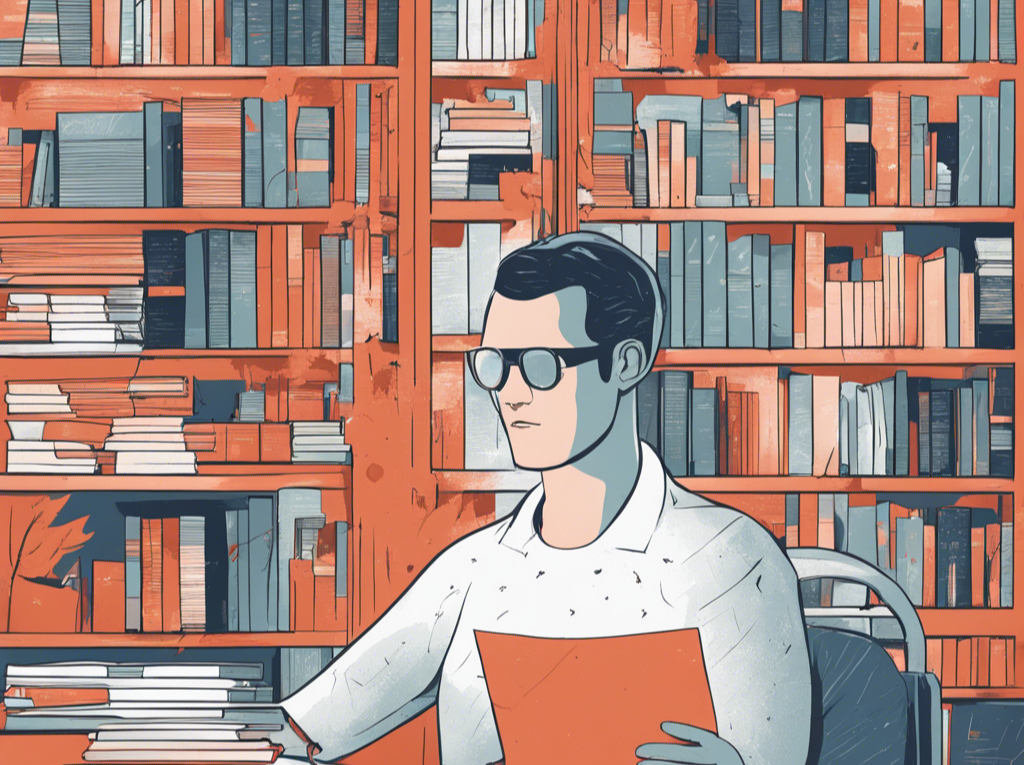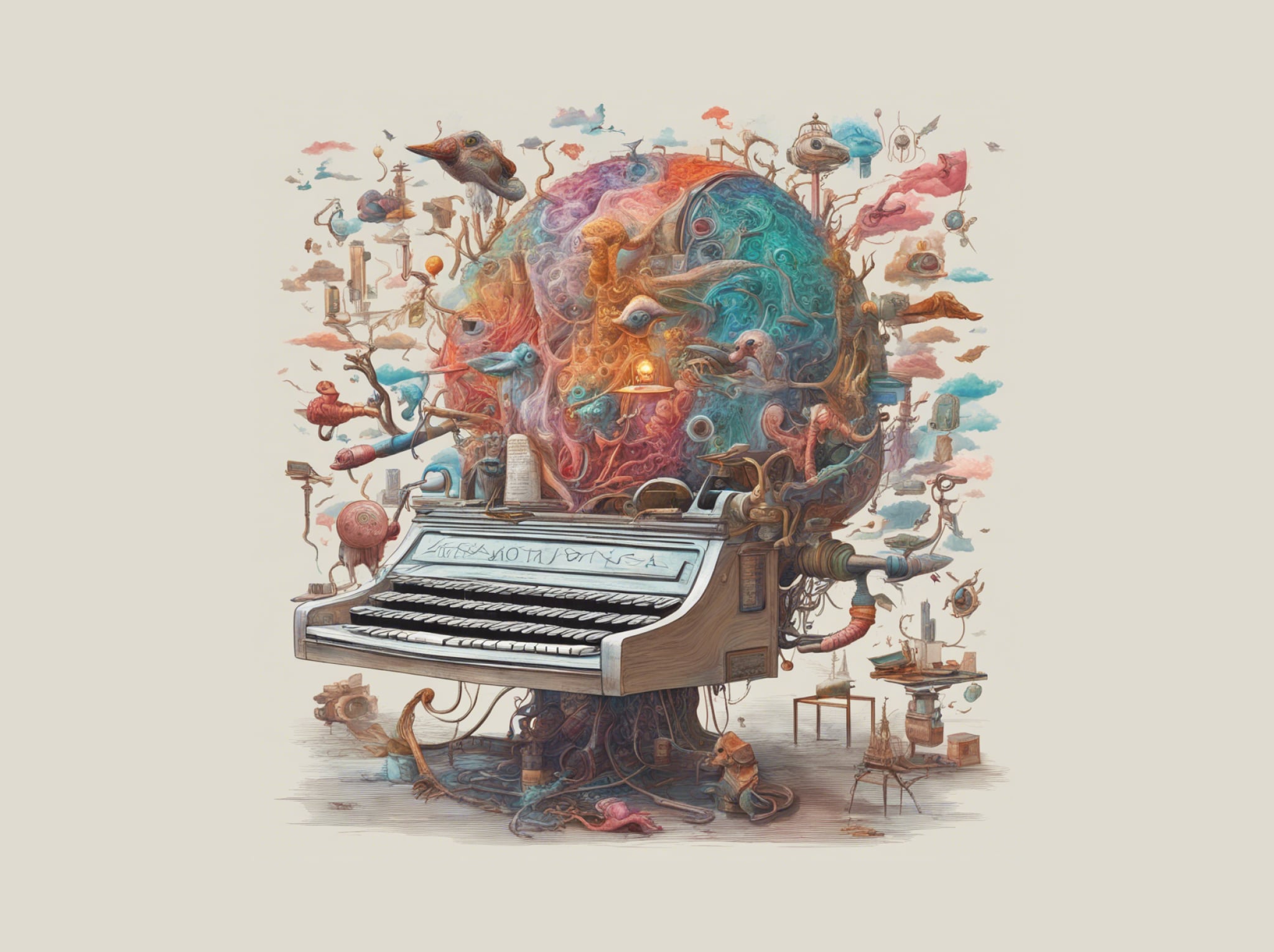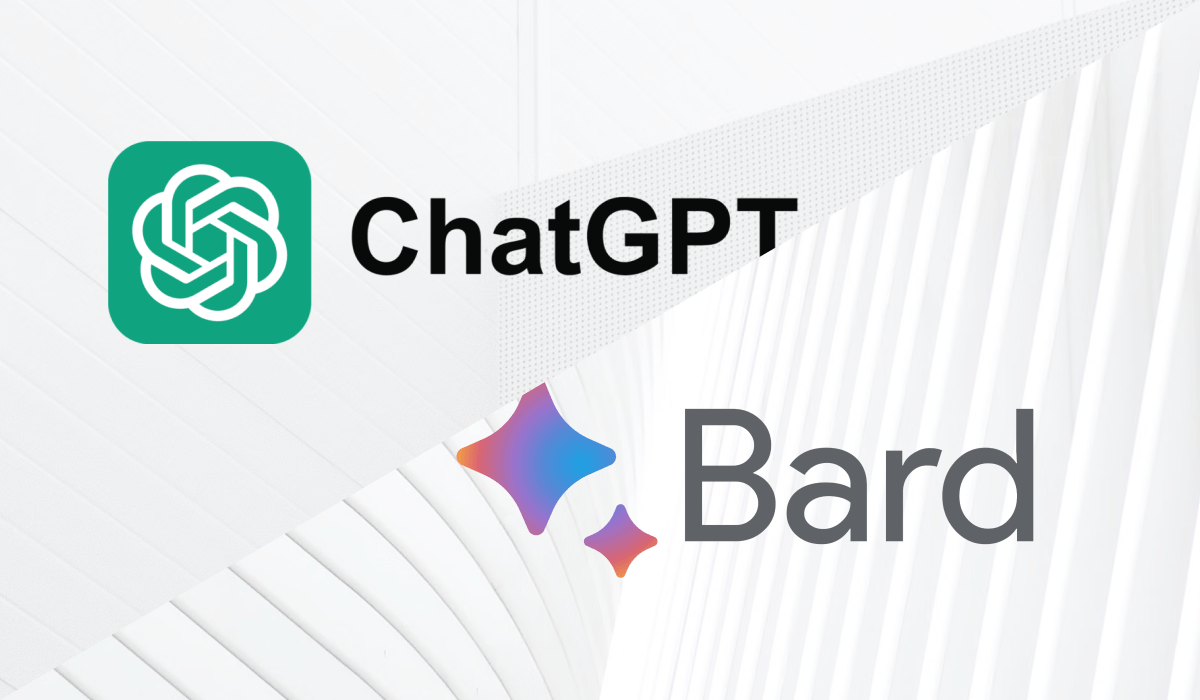Buckle up! We’re going to advance at a break-neck pace. 👍
It’s no secret that artificial intelligence may very well be the top dog contender when it comes to what will change the global workforce most substantially. I think ultimately what we’ve seen the most in mainstream news is this gloomy outlook on AI taking jobs away from many people. But it is much too early to be realistically assessing that.
In fact, it is more likely any given job’s responsibilities will shift to involve working alongside AI rather than being replaced by it. That’s not to say there won’t be potential negatives to integrating our workforce so thoroughly with AI, because that’s pretty likely to be seen as well. It’s just that, like with any other new technology, there is a potential improved future because of its existence. So let’s chat about some aspects of the future of work with AI.
1. Here, have some more jobs, as a treat 🍬
Listen, here’s the thing, the integration of AI into the majority of workplaces necessitates the need for more business analyst and data analyst positions fundamentally (by about 35% according to weforum.org). Jobs that are invariably routine will likely see the shining face of automation sooner rather than later, as those are the kind that can more easily be reproduced by AI. That’s that. Plain and simple.
But that’s not to say for the next 5-10 years we won’t see a net positive in new positions being created in any given company. It’s really more just a shift of the type of work humans should be doing, for better or for worse. But there’s still so much we need talented humans for. Particularly so in the process of integrating AI into our everyday workplaces. Here’s a handful of notable ones Forbes.com detailed.
- Content Creator
- What? A content creator? But wouldn’t you just ask the AI to make it for you?
- Well sure, but if the AI is only ever fed AI-generated content future-onward, there is a slim chance the quality of its output will ever increase.
- Humans with something to say and the right way to say it will still be needed long into the future.
- AI Trainer & Operator
- Largely, we will need people capable of understanding what an AI can assist with, how to train that model and how to deploy it.
- Not only that, but maintaining and increasing its output quality will be integral.
- AI Integration Specialist
- We will need people who can come into a business, learn its methodology and workings in and out, and determine how best to implement and integrate AI.
- AI Output Verifier
- We are a very very long way away from an oversight-less AI experience.
- People will be needed to ensure quality outputs are being provided by AI tools and services.
2. I actually like the work that I do! No, seriously.
I think the part that excites me the most about the integration of AI within the workforce is the impact it may have on our day-to-day jobs. Imagine all the redundant and monotonous pieces of your job being taken away and performed by AI instead. Imagine the mental breathing room you’d have to focus on more creative and critical thinking. That sounds like the kind of future I want to be a part of.
AI assistance could elevate our daily lives, which for most of us, a third of is spent at our jobs. There’s no real need for you to respond to that redundant email you frequently get with the same string of words you always reply with. The creation of custom AI models for any particular workplace that understands the nuances of the work entailed is possible. Heck, we could even see custom AI models for particular jobs within a particular company. There is just so much possibility in enabling us to get more time back for more important things.
3. “AI? Oh yeah, I learned all about that in 3rd grade.” 💅
Jokes aside, education around artificial intelligence and how to utilize it will only be exponential from here. Not only for up and coming workforce generations still in school, but existing ones as well. In fact, this will likely be another employment opportunity spurred on by AI, educational roles with AI specialization for schools and for workplaces.
While we are still in the earlier stages of AI, the sentiment at the moment is for you to learn about AI on your own, which you appear to be doing right now. But ultimately, the responsibility will begin to fall onto schools and workplaces as the demand for AI knowledge becomes a necessity. Organizations like TeachAI.org are providing open-source frameworks for educators to use in the quest of preparing future generations for what is to come (okay, I admit, that last bit does sound like exposition for a fantasy novel).
At the end of the day, the more capable you become with AI, the more opportunities will be available to you in the evolving future of work.
4. “Speak with a customer representative.” 🤦
The automated phone tree experience is an already well-ingrained trope for a reason. We’ve already seen how this can negatively impact how customers interact with companies, and how other companies leverage that reality to provide a particularly more human experience in contrast. As we travel down this road of AI implementation, we will find ourselves stripping back human experiences. This, I would say, is fundamentally at odds with the future we wish to create with AI.
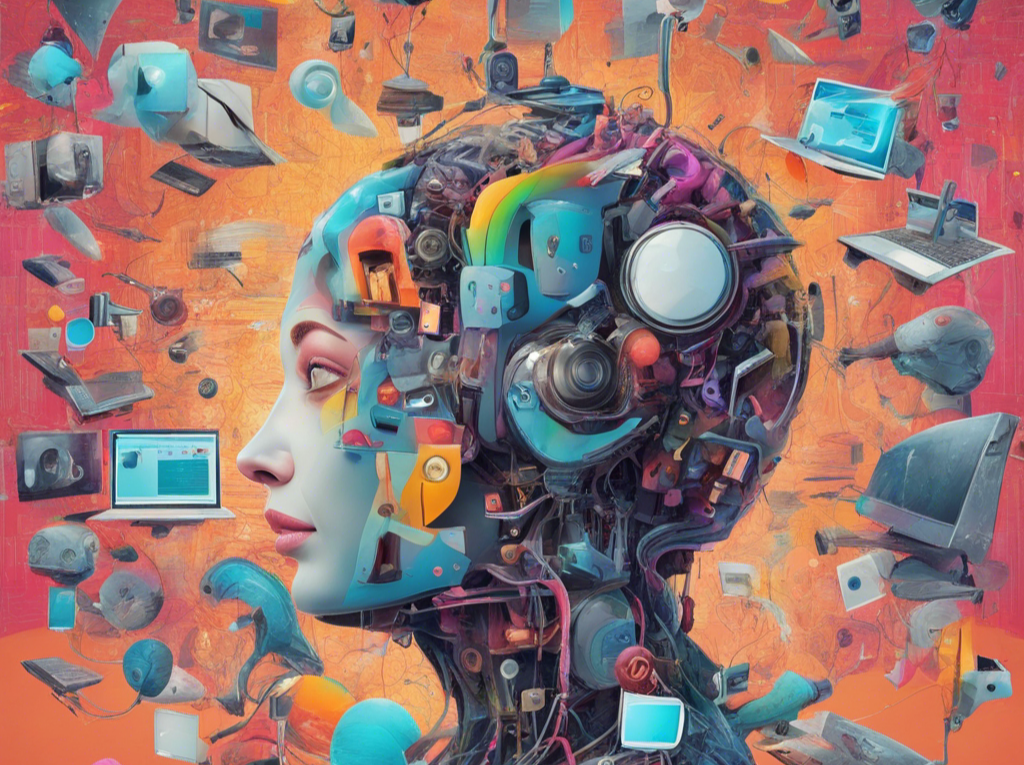
Liwei Chen, PhD, a professor at University of Cincinnati studied a group of ATM technicians who were supervised, dispatched, and instructed by an AI. Ultimately, she found many just followed the steps provided by the AI to the letter and didn’t rely on their own expertise. This, I would say, is a negative implementation of AI. Treating a tradesmen as a robot to be used at the determinations of an AI is not ideal. And there are likely to be more scenarios like this in the future.
If anything, we should be utilizing AI to free up more time for workers to provide more human experiences to their customers. This can somewhat be chalked up to implementation issues. It’s important for us as workers to remain vocal about what is and what isn’t working as our employers develop newer and better AI solutions for their business. It comes down to how well we can decide where AI should be deployed within any given set of problems. And that requires quite a bit of human critical thinking to determine. Remain diligent in giving feedback.
5. Corporate overlords and regulation
As we have seen time and time again, it is within times of great technological revolution that things can shift down a negative path to benefit a select few instead of everyone. As during the gilded age, due to lack of regulation and workplace standards, massive wealth gaps accumulated. Wealth inequality in the US is now reaching a similar level. And with the incoming gains of AI and automation, it is important we remain mindful of its impacts.
Ultimately, c-suite executives are much more concerned with shareholder happiness than employee satisfaction. That’s what they’re paid behemoth amounts of money to do. So if they can cut labor and replace it with AI to increase profits, that’s what they’ll do. But it’s important that we as the workforce understand our power in this situation as well. We are what make the company’s gears turn, not the executives. So if AI is impacting our working livelihood in a negative manner, then we must speak up about it. Just as the SAG-AFTRA union professionals made their voices heard, so will others.
But there is one other important avenue to keep in mind when it comes to keeping the working class on a positive path forward, and that is government regulation. Without it, companies will replace as much labor as they can with AI and offer nothing additional in return. Potentially even to the dissatisfaction of their own customers (i.e., no human customer service representatives), so long as they are not too dissatisfied and will still return.
That is where regulation comes in, which could take a multitude of forms. Things like additional corporate taxation to contribute to universal basic income, or perhaps minimum wage increases so more households can be supported by fewer people. Either way, should there be no intervention, corporations will replace as many people as possible with cheaper technological alternatives which will increase the gap between the extremely wealthy few and the already struggling majority. And that my friends, is not a positive path forward for everyone.
After all, OpenAI’s mission statement is to ensure artificial intelligence benefits all of humanity.
So wait, is this good.. or bad.. or what?
Listen, I’m not trying to say AI is destined to be the downfall of the common man. In fact, I’m quite hopeful it will actually help us all live more comfortable and satisfying lives. Lives where we have more time to consider what will make it meaningful for us and not where we press the same six buttons exactly 1,462 times per day (unless you’re into that sort of thing, then by all means). And I think that is possible. But I also know the people with the most power tend not to consider the wants or desires of the general public.
Should AI continue to grow at the pace it is, which it likely will, it’ll be up to all of us to know when to put our foot down. We spend at least a third of our lives on and at our work and it dictates our very livelihood. So if AI can help us create a better working experience, I’m all for it. But it will need to be equitable for everyone and not just a select few. It’ll be up to all of us to ensure that it is.

